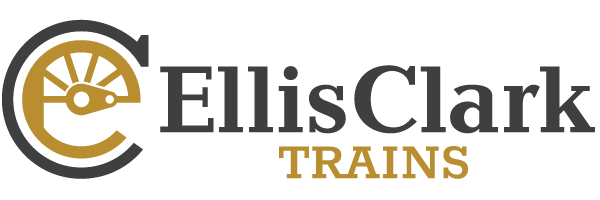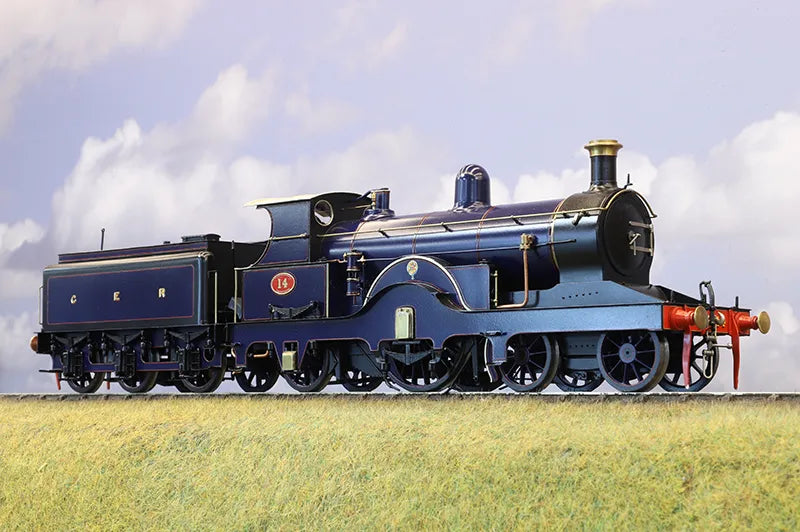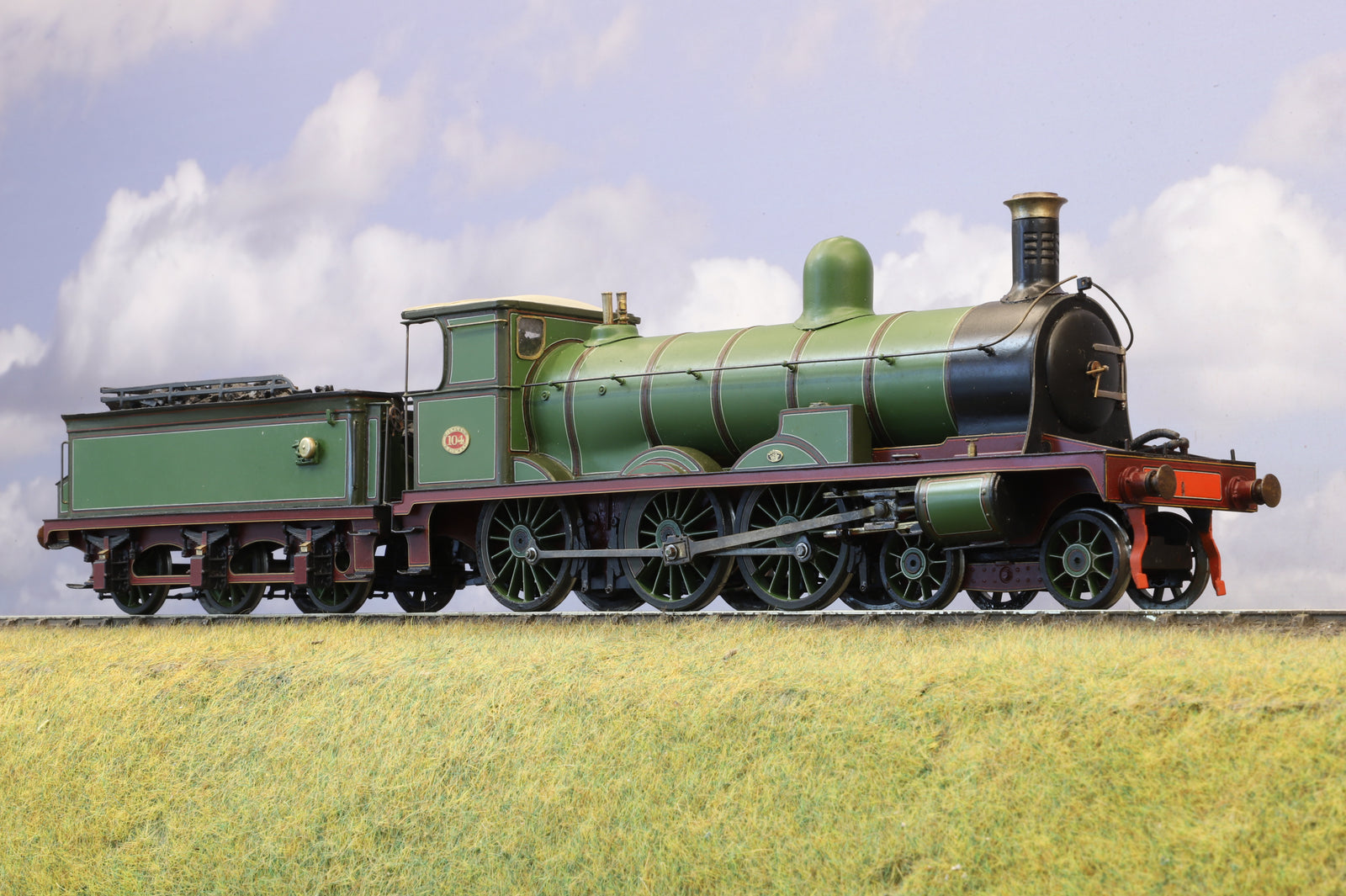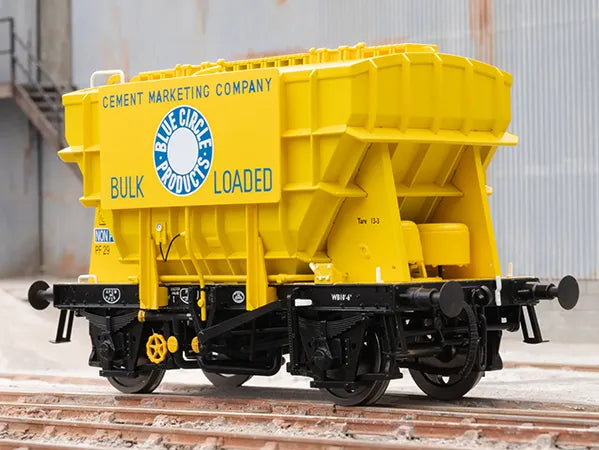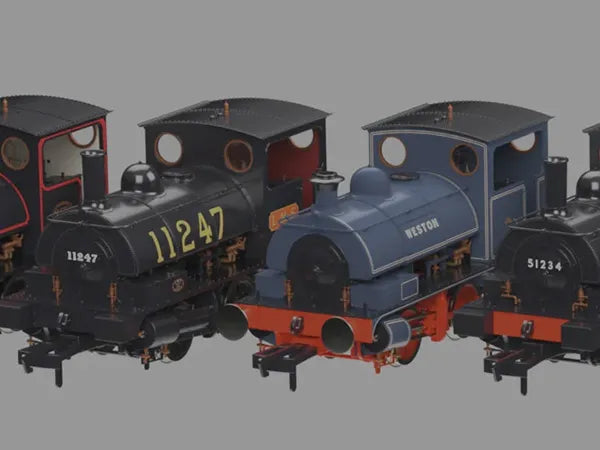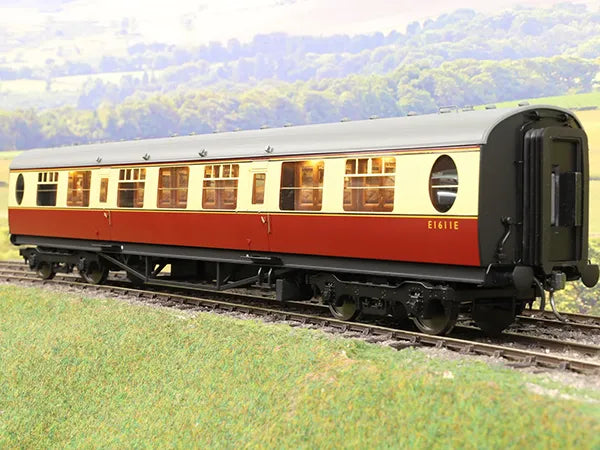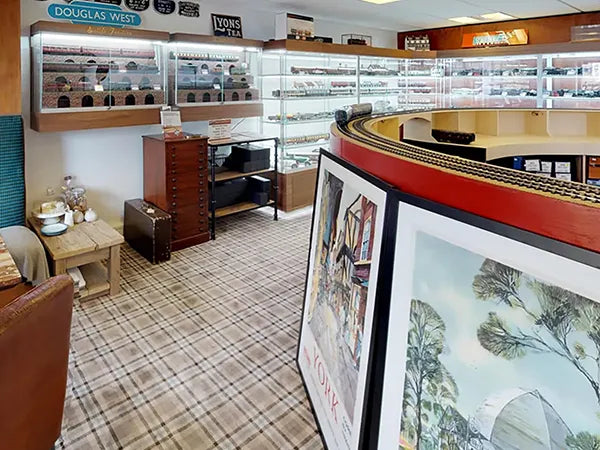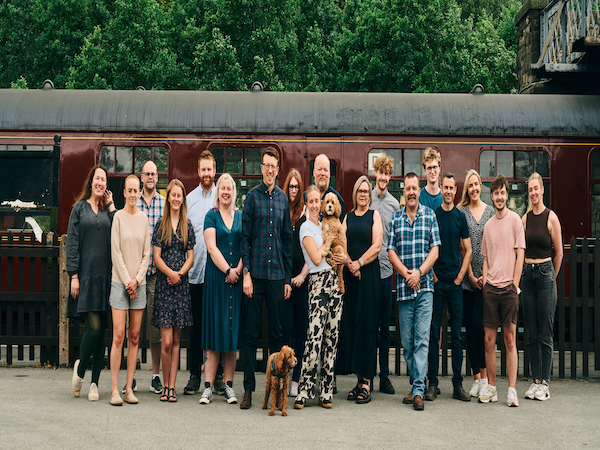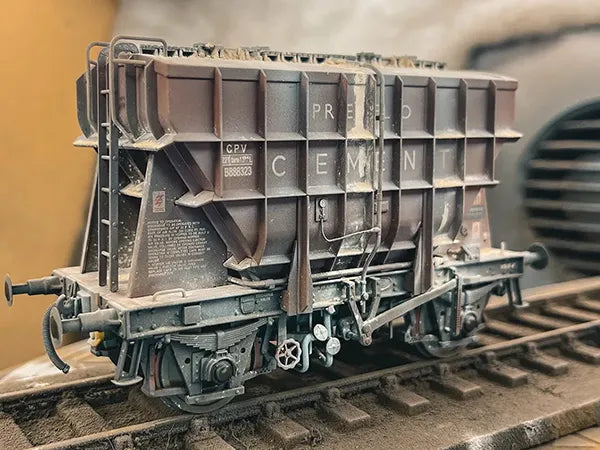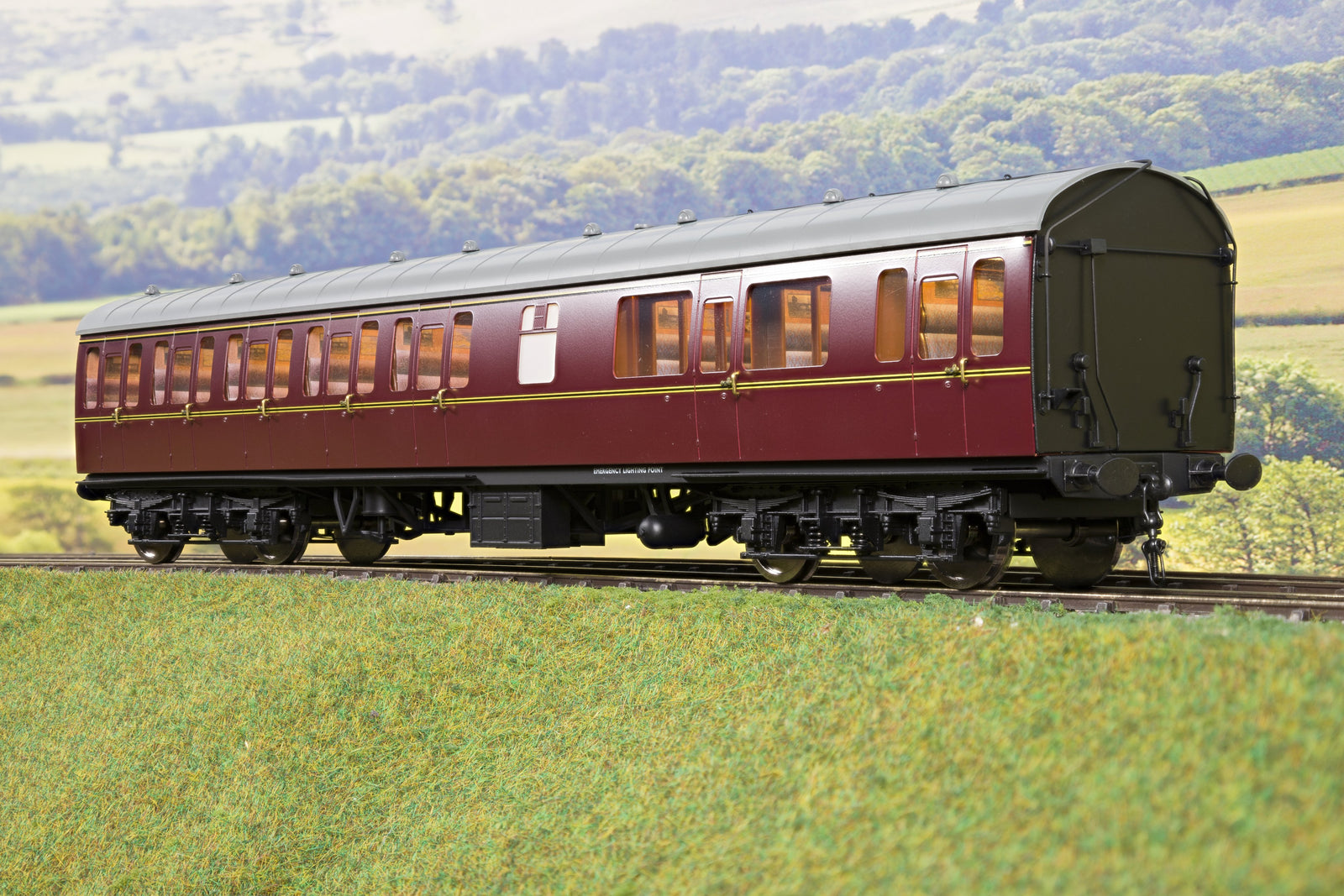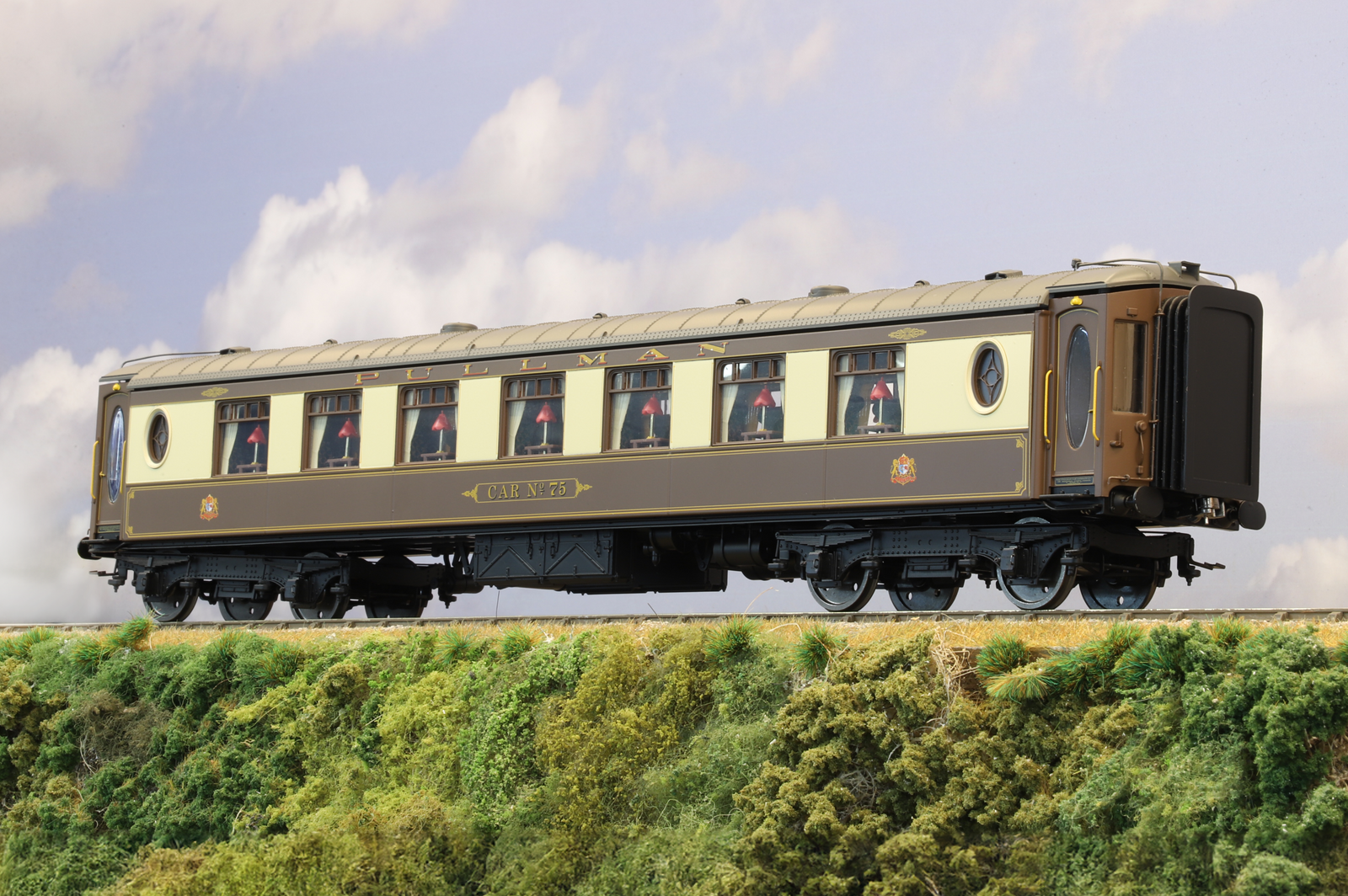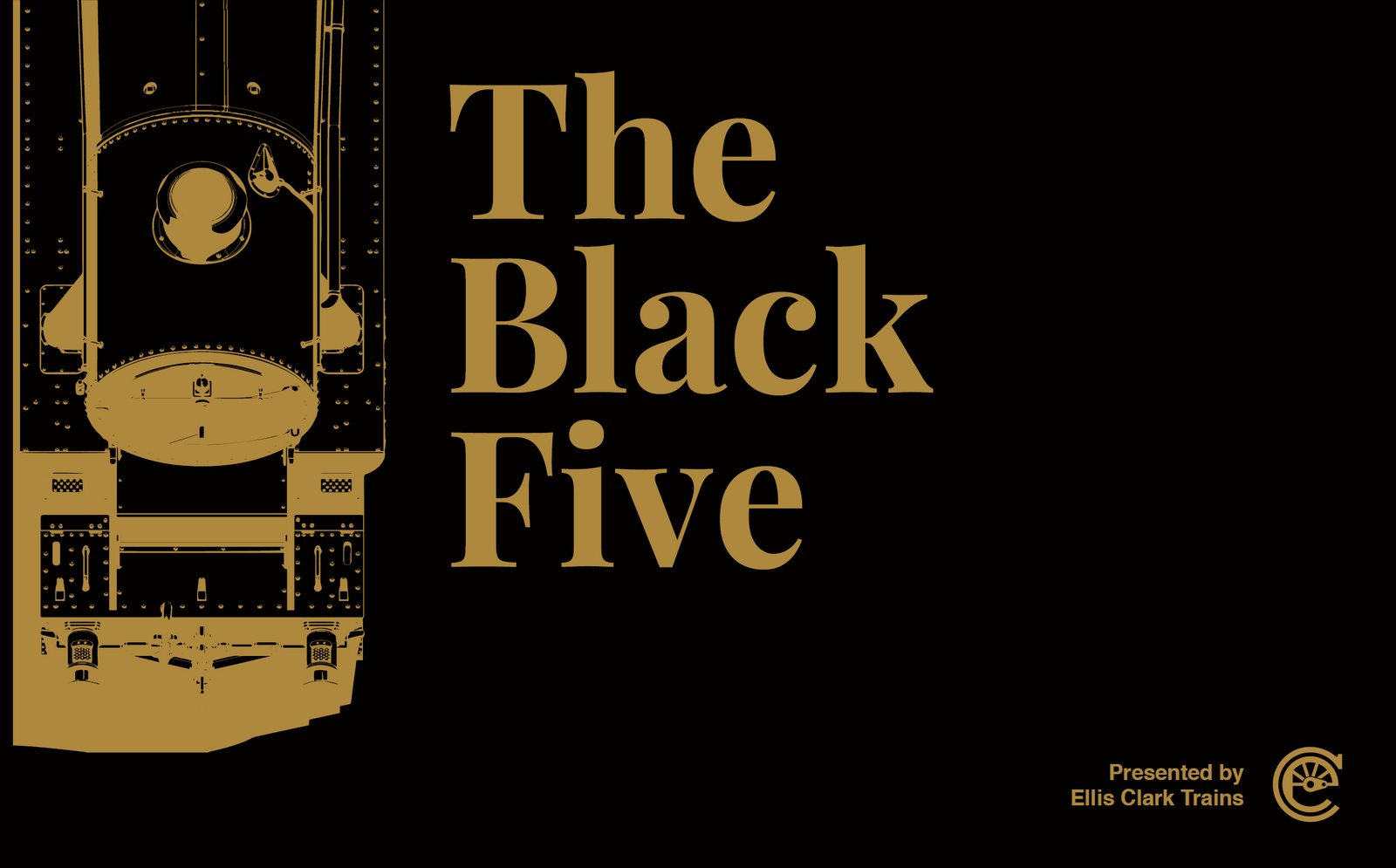A Little History...
With the formation of British Railways in 1948, it was inevitable that stock from "The Big Four" (The LMS, LNER, GWR & SR) would, at some stage, require replacing by a single standardised design.
The project was treated with lesser urgency than the replacement of mainline coaching stock, and suburban coach designs from the big four were still being built as late as 1953. As such, it wasn't until 1954 that the first Mk1 suburbans began to appear on the railways.
Much like the Mk1 mainline coaches, the Mk1 Suburbans were used throughout the UK, and were hauled by both steam and diesel locos until they began to be replaced by DMUs.
Six coach types were built in total, all of which received four different liveries throughout their lives, with lavatory coaches only being built for Eastern region services.
The non-gangwayed coaches were still being used on BR services as late as 1977, and there are still many Mk1 suburban coaches in preservation today.
Liveries
Below we have a list of the different liveries that the 57' BR Mk1 Suburbans were painted in, along with the first year in which that particular paint scheme was introduced.
The reason for leaving out an end date for the liveries is that the repainting of suburban stock was by no means a priority, and so it was very common for some coaches to remain in an earlier livery well past its sell by date.
Although making it appear trickier to model, this also gives you another dimension, in that you can pick and mix the liveries.
BR Crimson - 1954 Onwards
Much like the introduction of Mk1 mainline stock in Crimson & Cream livery, the introduction of the first Mk1 suburbans were painted Crimson.
For many coaches, this livery lasted all the way up to, and beyond, BR Lined Maroon.
BR Un-Lined Maroon - 1956 Onwards
The use of Maroon on BR coaching stock came in as a replacement for the Crimson and Cream mainline coaching stock, due to the difficulty in keeping the Cream section clean, alongside the Maroon livery being easier to maintain and varnish.
To coincide with this, Un-Lined Maroon was to be used on the suburban coaches to match.
BR Lined Maroon - 1959 Onwards
It was in 1959 that the decision was made to add black and gold lining to the current Maroon liveried suburbans. On our Lined Maroon variants, the lines are professionally applied to the coaches.
BR Blue - 1964 - 1977
In 1964 with the introduction of spray painting techniques for finishing coaching stock, the coach panel sides and ends began to be repainted into BR Blue livery.
This, being the last livery the suburban stock was painted in, lasted until withdrawal of the Mk1 standard suburban stock as late as 1977.
Numbering
With all our Darstaed coaches, we include a sheet of water slide transfers which includes pre-fixes, a few preset running numbers, and enough single numbers to create any running number the coaches existed in. Below is a quick guide on how you might go about choosing said numbers.
If you would like to go into further detail, then there are a number of books you can purchase to investigate: the Keith Parkin 'Mark 1 Coaches' book and supplement; Hugh Longworth's 'BR Mark 1 & Mark 2 Coaching Stock'; and various Ian Allan 'Train Spotters' books, all of which can be purchased from Bill Hudson Books.
What Ran Where?
Although Mk1 coaching stock was used throughout the UK, there were certain coach types preferred by different regions due to the journeys they went on, the length of platforms available, and the needs of the passengers.
It is easy to establish the region a coach ran in, based on the pre-fix given to its specific running number.
An 'M' prefix was given to those coaches replacing LMS suburban stock, essentially standing for 'Midland', a 'W' for Western Region, 'SC' for Scottish region, 'S' for Southern, and an 'E' for the stock that replaced LNER branch lines.
Running numbers were five digits after a prefix, a few examples below:
SC43337 - a Brake Second (BS) coach running in Scotland
M41000 - a Composite (C) coach running on a Midland region line
E43020 - a Composite Lavatory (CL) coach running on the Eastern region
W46018 - a Second Class (S) coach running on the Western region
Our Models
We offer six coach types in total, all based on the 57ft chassis.
These coaches ran on all but the Southern Region routes, who opted for the 63' 6" framed suburban coaches
Brake Second (BS) - These, the most common suburban coach type due to them being the sole brake end coach designed and built, were used throughout the UK on the Eastern, Midland, Scottish, and Western regions.
Composite (C) - This compartment coach, built without a corridor, was used on Western, Midland and Scottish routes. The Eastern region has none, instead opting for coaches fitted with lavatories.
Composite Lavatory (CL) - As stated above, the CL coaches were used solely on Eastern region branch lines. As these compartment coaches required corridors to access to the toilets (two of) and, as squeezing the maximum amount of passengers into a coach was usually the priority, the other regions opted against their use.
Second Class Compartment (S) - These coaches were used by all but the Southern region, who as mentioned above, opted for a few of the longer framed 63' 6" chassis suburbans.
Second Open with Lavatory (SLO) - Much like the CL coaches, these were only built for use on the Eastern region and were built as 'open' coaches with no corridor and two lavatories built in the centre.
Second Open (SO) - These open coaches were brought in as an attempt to reduce station waiting times, as passengers could board the train and then search for a seat, as opposed to searching for one from the platform. Regardless, they were only used on Midland and Western region services.
